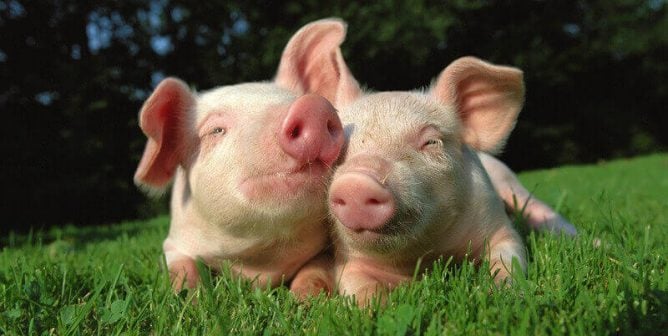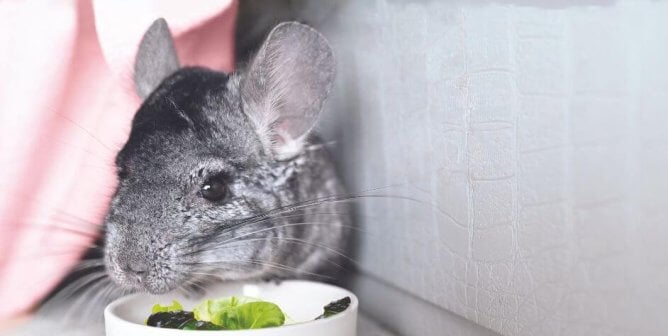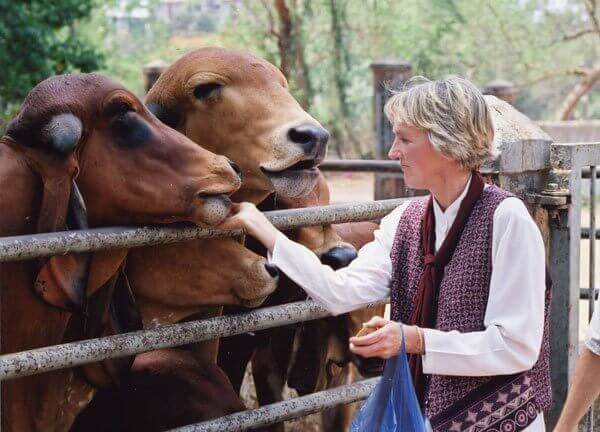As a Licensed Veterinary Technician, I know firsthand how important dental health is—not just for humans but for our canine companions, too! February is National Pet Dental Health Month—when many veterinary practices offer discounts on dental procedures—but knowing how to keep your dog’s teeth healthy is important year-round.
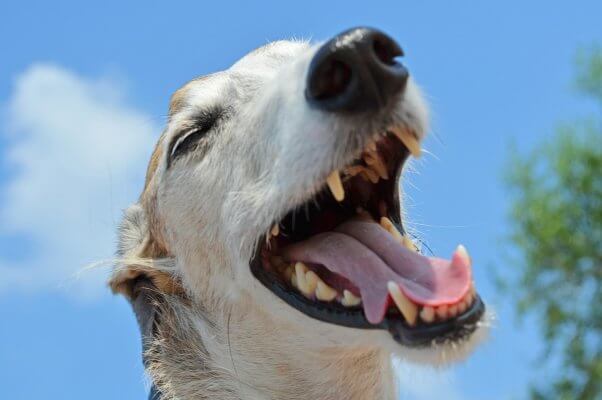
Did you know that 80 to 90% of dogs over the age of three show signs of periodontal disease? This common condition, caused by plaque and tartar buildup, leads to bad breath, gum inflammation, and even tooth loss. If left untreated, it can progress to more serious health issues, including infections that affect the heart, kidneys, and liver. The good news? There are simple things you can do to keep your pup’s pearly whites in tip-top shape!
Brush Your Dog’s Teeth Regularly
Brushing at least three times a week can help remove plaque and reduce tartar accumulation and is one of the best ways to prevent dental disease. You’ll need a dog-friendly toothbrush and veterinary-approved toothpaste—never use human toothpaste, as some contain ingredients toxic to dogs. There’s no rush—it can take some dogs weeks or more to get used to the process—but with a bit of patience, brushing time can become bonding time. Here’s how:
- Put a little dog toothpaste on your finger and let your dog lick it off.
- Introduce the toothbrush by gently touching it to your dog’s teeth and gums.
- Once your dog is comfortable with the toothbrush, add a small amount of toothpaste.
- Start with the front teeth and work your way back with each subsequent brushing.
Provide Dog Dental Chews and Chew Toys
Dental chews and chew toys are a great addition to frequent brushing. Look for products specifically designed to help reduce plaque accumulation. Remember to supervise your dog while they are chewing on these and other treats to minimize choking risk.
Feed a Dental Diet
Some dry dog foods are specially designed to clean dogs’ teeth by reducing plaque and tartar. Choose those labeled as “Dental Health” or “Oral Care.” These diets use the kibble’s rough texture to clean your dog’s teeth as they chew, gently scrubbing away the buildup. Always talk to your veterinarian before starting a new food regimen.
Schedule Regular Dental Check-ups
In addition to regular veterinary visits, it’s important to have your dog’s teeth and gums checked by a veterinarian at least once a year to detect any problems early and maintain a healthy mouth. Your veterinarian may recommend a professional dental cleaning under anesthesia to remove the plaque and tartar that causes periodontal disease. Even with thorough at-home care, nearly all dogs will need professional dental cleanings. Prepare to spend upwards of $1,000 with extractions, not counting pre-op bloodwork. It’s a good idea to set aside a bit of money every week for this critical care—in addition to your veterinary emergency fund—especially as your dog ages.
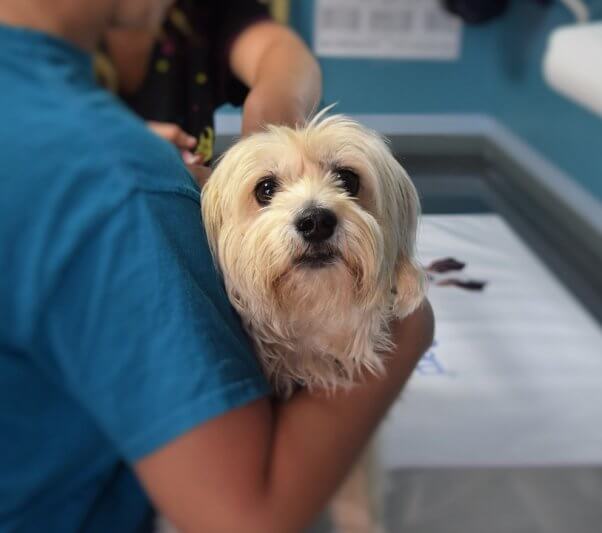
Warning Signs of Dental Disease in Dogs
If you notice any of these signs of dental disease between check-ups, call your veterinarian.
- Bad breath (more than the usual “dog breath”)
- Nasal discharge
- Difficulty eating or chewing
- Reduced appetite or refusal to eat
- Excessive drooling
- Red, swollen, or bleeding gums
- Broken or loose teeth
- Pain in or around the mouth
- Swelling around the mouth
Happy Dogs Have Healthy Teeth
Our dogs depend on us to take care of their emotional and physical needs, which includes looking after their teeth. A healthy mouth leads to a happier, healthier dog so don’t brush off your dog’s dental care!
Text VEG to 73822 to get the latest vegan lifestyle tips, recipes, and urgent action alerts texted right to your phone.
Terms for automated texts/calls from PETA: https://peta.vg/txt. Text STOP to end, HELP for more info. Msg/data rates may apply. U.S. only.


